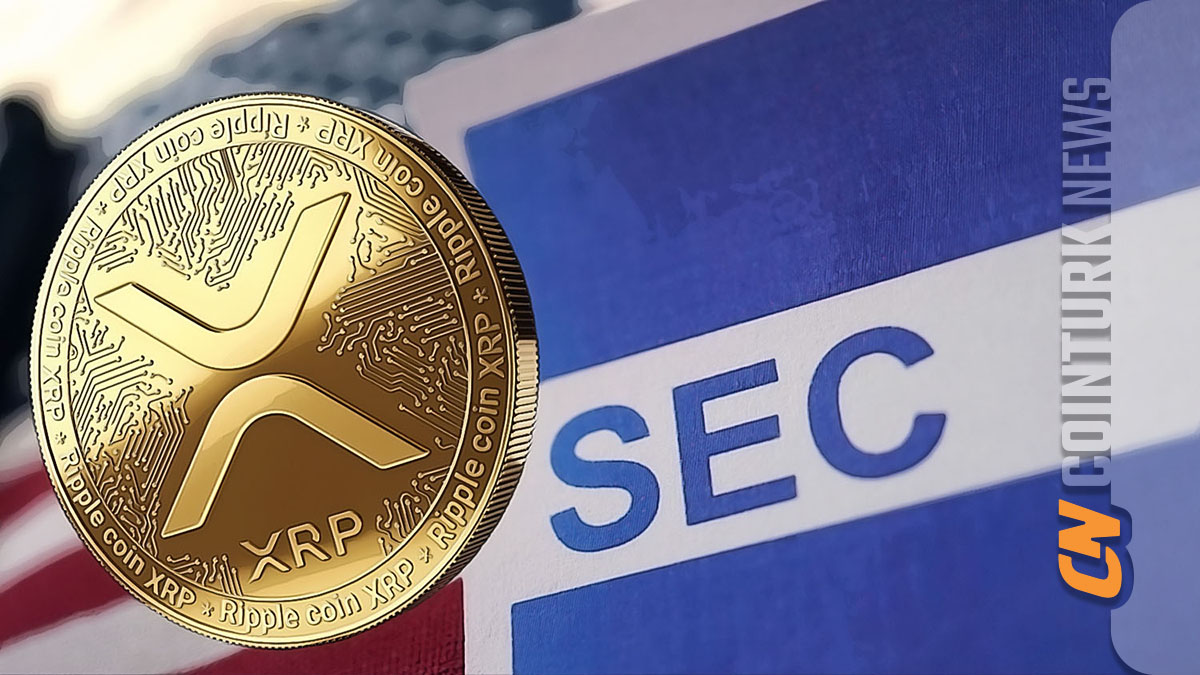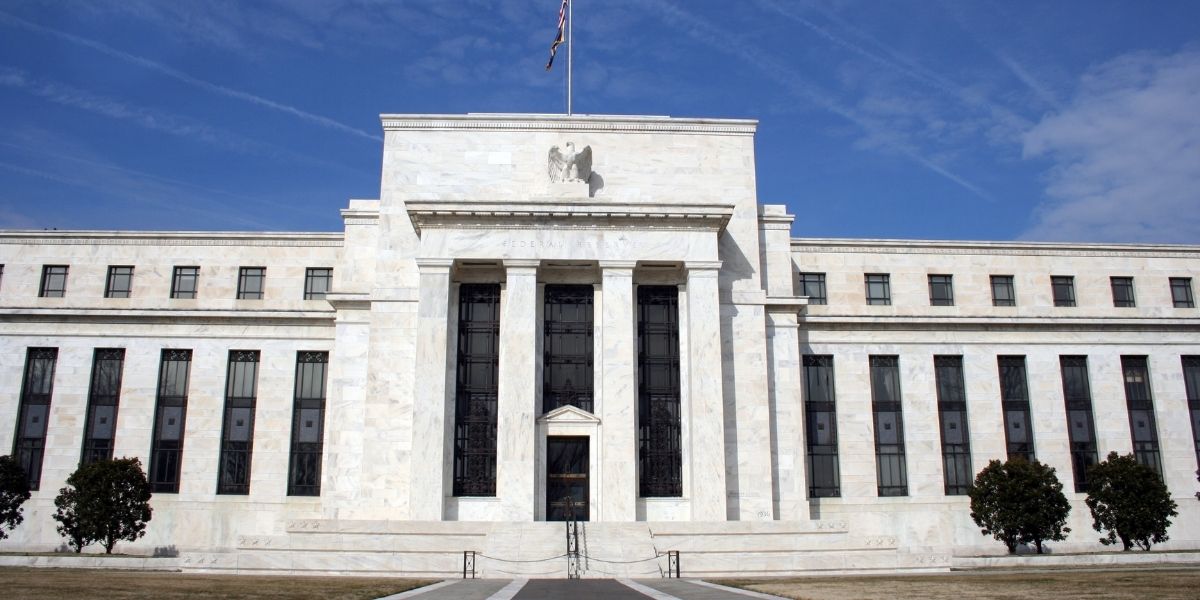On August 9, Bitgo announced that it would transfer control of its WBTC product to a joint venture with BiT Global. This new structure revealed that Justin Sun would have significant influence through the Tron ecosystem. Given the negative developments surrounding the Stablecoin TUSD, projects under Sun’s control have raised serious doubts. It is stated that with this new partnership, the risk level of WBTC has increased to an unacceptable degree.
Bitgo’s Financial Situation and Risks Addressed
The failure of Bitgo’s planned acquisition by Galaxy Digital and its unexpected withdrawal from the WBTC product signaled that the company was experiencing financial difficulties.
Bitgo’s situation is said to present a negative picture in terms of counterparty risk. Especially since WBTC collateral plays a critical role in the DeFi ecosystem, these risks have become even more significant.
Proposed Emergency Measures for WBTC Collateral
BA Labs recommends taking urgent measures on Maker and SparkLend due to the increased risk in WBTC collateral integrations. These measures include resetting the maximum collateral limits for WBTC-A, WBTC-B, and WBTC-C to zero, disabling WBTC borrowing, and reducing WBTC’s LTV ratio to zero. These measures were taken to protect the protocol against potential risks arising from the new joint venture controlled by Justin Sun.

As of August 11, according to ai_9684xtpa monitoring data, WBTC currently supports the Ethereum, Base, Kave, Osmosis, and Tron networks. Among these networks, the Ethereum mainnet leads with a high rate of 99.8%. As of today, 154,726 WBTC (approximately $9.45 billion in value) have been minted, which corresponds to 0.78% of Bitcoin’s total market value. According to Dune panel data, more than 41% of WBTC is currently used in the lending ecosystem, with the largest portion being utilized by MakerDAO. Approximately 32% of WBTC is used directly for transactions.
As is known, WBTC (Wrapped Bitcoin) is an ERC20 token issued on the Ethereum network and its value is pegged one-to-one with Bitcoin. For each WBTC, a Bitcoin is held in reserve. These reserves are currently managed by a custodian overseen by Bitgo, allowing WBTC holders to convert their WBTC to Bitcoin at any time. WBTC was first proposed in 2017, its White paper was officially published in 2019, and it was made available for use. As of 2020, the amount of locked BTC exceeded $2.1 billion, making WBTC a “bridge” between Bitcoin and Ethereum.

 Türkçe
Türkçe Español
Español









